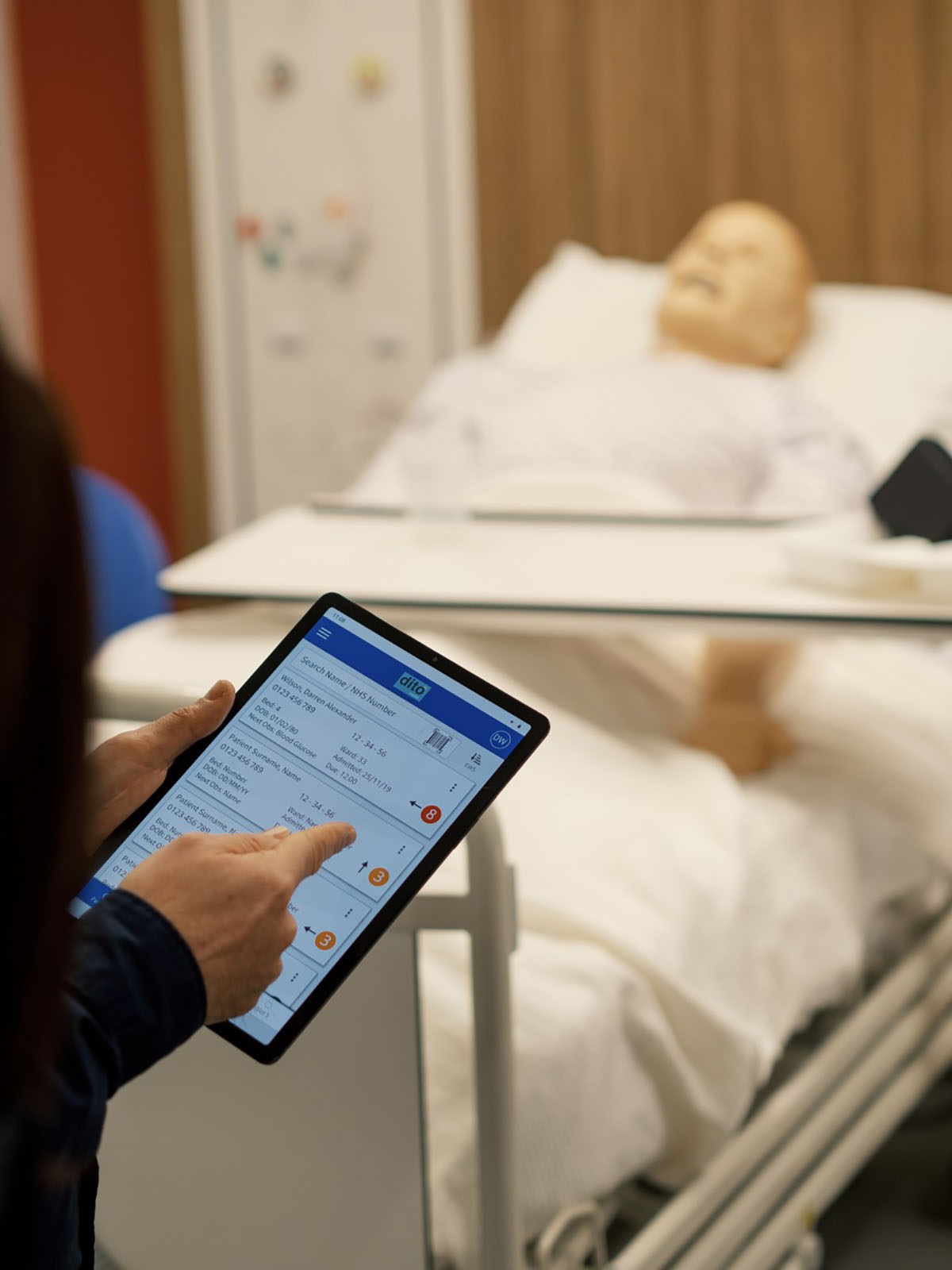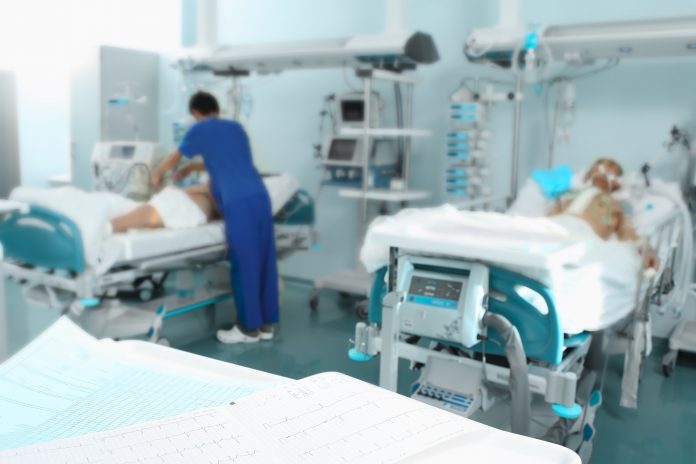Stuart J Mackintosh explains how Open-eObs software is helping with improving patient outcomes in NHS hospitals
South London and Maudsley NHS Foundation Trust (SLaM) provides the widest range of NHS mental health services in the UK with 52 inpatient wards, outpatient, and community services. As recognition of their digital accomplishments, SLaM have been awarded GDE (Global Digital Exemplar) status.
Following a two-year pilot of Open-eObs software, the trust had proven the long-term benefits of an open source approach and needed a supplier to further drive their digital ambition.
Key features of the Open e-Obs solution:
- Capturing of vital signs and clinical risk indicators
- National Early Warning Scores (NEWS 2)
- Automated alerts, monitoring and scheduling
- Bedside and community use with mobile device
- Observations captured and stored in real-time
- Patient assessment management
Integrating Open Source software
The aims of this project were centred around improving patient outcomes with sustainable and cost-effective technology. A prompt response to clinical change is proven to shorten the length of stay, reduce transfers within the hospital and to the ICU.
The OpusVL team collected all existing project documentation and reviewed all systems and infrastructure that Open-eObs would operate with. It was important that consideration was given to the connected 3rd party systems when making any changes to the code as Open-eObs is directly integrated with the patient journey system. Crucially the project had to be delivered without affecting day to day operations.
Improving patient outcomes
By identifying deteriorating patients and enabling automation of escalation processes, the Open-eObs platform helps to raise standards and deliver improvements in care quality and patient outcomes. The live acuity board enables nurses and clinicians to make decisions based on real time patient information. As this software is open source, the source code is freely available and investment made with public money can be re-used and leveraged for the benefit of the NHS.
Stephen Docherty, former CIO at SLaM, said: “It was great working with OpusVL. They provided a highly personal service. It was clear that there was a great determination for success of the project, and the value of open source.”
DITO: Evidencing an Open Digital Approach for Healthcare
What is DITO?
DITO (Develop in the Open) is an exciting new initiative, funded by Innovate UK, providing an open way of working for digital health and care. DITO is packaging the open approach and evolving the ecosystem, end to end.
The questions from across health and care are now less about “What is Open Source” and more about “How do we manage and deliver an Open Way of Working?” – to “Develop in the Open” is a key part of this, avoiding vendor, data and technology lock-in.
Patient data is greater than the journey of any one application. Digital health and care requires the digital engineers to work closely with the clinical developers, seek interoperability by default and open up the full process from documentation through to safety cases, algorithms and diversity of thought.
An Open Source approach
Adopting an open software approach will eliminate prohibitive annual software licensing costs while delivering a flexible public asset that can readily be adapted to individual NHS trust needs. Re-using software across the sector will improve the quality of the software whilst reducing costs of isolated trial and error projects. This is critical as continued capital expenditure on repeating infrastructure work that could be solved once and reused is a major limiting factor in the expansion of health technology into more advanced areas such as AI and data analytics.
There are two primary objectives to this project:
- Develop best practice processes for digital health tech
A key objective of this project is to develop, prove and document processes and best practices which enable sustainable, joined-up and safe systems suitable to support a modern digital healthcare system
The process is designed for the NHS although will be broadly applicable to any public administration UK and global.
- To evidence the process and produce a digital application using the developed process
To prove the processes have developed, a digital clinical application will be developed alongside the overall objective. A nursing observation application (eObs) has been selected as the test case for this project as the technical and clinical partners are already familiar with the problem space and have worked together on existing prototype.
A fit-for-purpose eObs application provides an essential support system to reduce deterioration of patients and inform the rapid response processes.
Open Source is now considered a key component of a much wider discussion around an “Open Way of Working” the others being Open Standards, Open Platforms, Open Data and Open API’s.
Given this project is significantly funded by public money (around 70%), the DITO team have committed to ensure that all assets and deliverables generated through the project are available to the public. This includes documentation, working out, software & code, designs and strategy. This will be available shortly via https://dito.tech/.
Please note: This is a commercial profile











